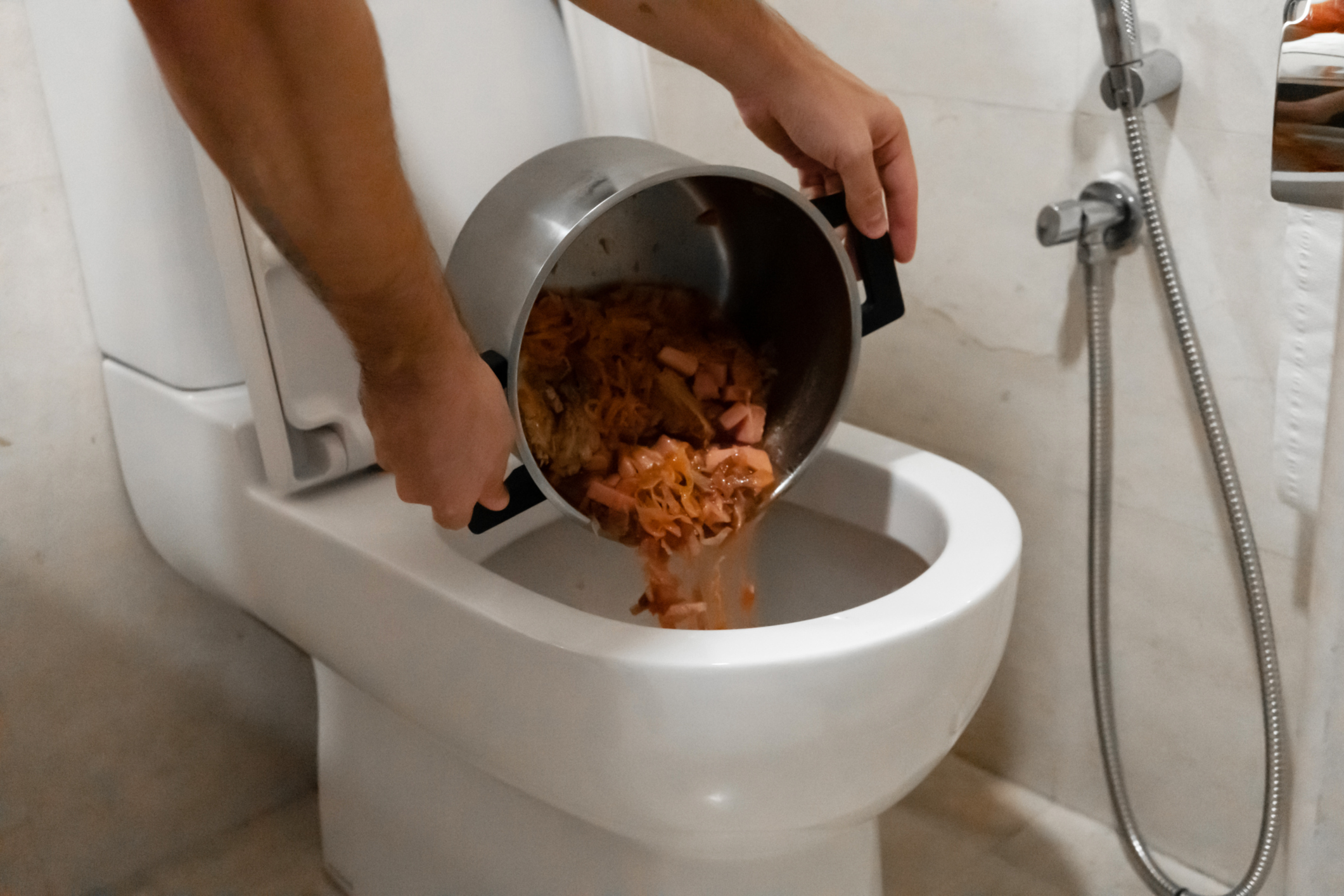Are You Able to Dispose of Food in the Toilet?
Are You Able to Dispose of Food in the Toilet?
Blog Article
Nearly everybody is bound to have their own individual thinking when it comes to Think Twice Before Flushing Food Down Your Toilet.

Intro
Many individuals are usually confronted with the dilemma of what to do with food waste, especially when it concerns leftovers or scraps. One typical question that emerges is whether it's okay to flush food down the commode. In this short article, we'll explore the reasons that people could think about purging food, the consequences of doing so, and alternate techniques for appropriate disposal.
Reasons people could think about flushing food
Lack of understanding
Some individuals may not be aware of the possible injury triggered by flushing food down the bathroom. They might mistakenly think that it's a harmless method.
Convenience
Flushing food down the toilet may seem like a fast and very easy service to throwing away unwanted scraps, particularly when there's no neighboring trash can readily available.
Idleness
In many cases, people may merely select to flush food out of large laziness, without thinking about the repercussions of their activities.
Effects of flushing food down the bathroom
Ecological influence
Food waste that winds up in rivers can add to contamination and damage marine ecosystems. Additionally, the water made use of to flush food can strain water sources.
Plumbing concerns
Purging food can result in clogged pipelines and drains pipes, causing pricey pipes repair services and inconveniences.
Kinds of food that should not be flushed
Fibrous foods
Foods with fibrous textures such as celery or corn husks can get entangled in pipes and create obstructions.
Starchy foods
Starchy foods like pasta and rice can absorb water and swell, leading to obstructions in pipes.
Oils and fats
Greasy foods like bacon or cooking oils need to never ever be flushed down the toilet as they can solidify and cause blockages.
Appropriate disposal approaches for food waste
Making use of a waste disposal unit
For homes equipped with garbage disposals, food scraps can be ground up and purged via the pipes system. Nonetheless, not all foods are suitable for disposal in this way.
Recycling
Particular food product packaging products can be reused, lowering waste and lessening environmental effect.
Composting
Composting is an environment-friendly means to throw away food waste. Organic materials can be composted and utilized to enhance dirt for gardening.
The value of proper waste administration
Lowering environmental injury
Correct waste management techniques, such as composting and recycling, help reduce contamination and protect natural deposits for future generations.
Shielding plumbing systems
By preventing the method of flushing food down the bathroom, property owners can stop costly pipes repair services and preserve the honesty of their plumbing systems.
Final thought
In conclusion, while it may be alluring to flush food down the toilet for ease, it is essential to understand the possible consequences of this action. By taking on appropriate waste management techniques and taking care of food waste properly, people can add to much healthier pipes systems and a cleaner environment for all.
FLUSH FOOD DOWN THE TOILET?
FLUSHING FOOD CAN CAUSE BLOCKED DRAINS IN YOUR HOME
All of the plumbing fixtures in your home are connected to the same sewer pipe outside of your home. This outdoor sewer pipe is responsible for transporting all the wastewater from your home to the Council sewer mains. Even small pieces of food that go down the kitchen sink can cause problems for your sewer. It should therefore be obvious that flushing larger bits of food, such as meat, risks a clog in either the toilet itself or the sewer pipes. Flushing greasy food is even more problematic because oil coagulates when it cools, coating the interior lining of your pipes.
THE TOILET IS NOT A BIN
Food isn’t the only thing that people shouldn’t be flushing down the toilet. People use the toilet to dispose of all kinds of things such as tampons, makeup wipes, dental floss, kitty litter and even underwear. Water goes to great lengths to educate residents about the high costs and stress placed on wastewater treatment systems simply from people flushing the wrong stuff down the toilet. It costs taxpayers millions of dollars each year, and homeowners thousands in blocked drain repairs.
FLUSHING FOOD IS A WASTE OF WATER
Flushing food is a waste of our most precious resource - water. In June this year Level 1 water restrictions were introduced to protect water supply from drought conditions. Much of New South Wales continues to be affected by prolonged drought with recent figures revealing up to 97 per cent of the state remains in drought. Depending on whether you have a single or dual flush toilet, every single flush uses between five and 11 litres of water. In the current climate this is a huge amount of water to be wasting on flushing food that should be placed in the bin (or better yet, the compost).
https://www.jabplumbingsolutions.com.au/blog/can-you-flush-food-down-the-toilet

I'm just very enthusiastic about and I am assuming you appreciated my piece. Sharing is caring. Helping others is fun. Many thanks for going through it.
Request Appointment Report this page